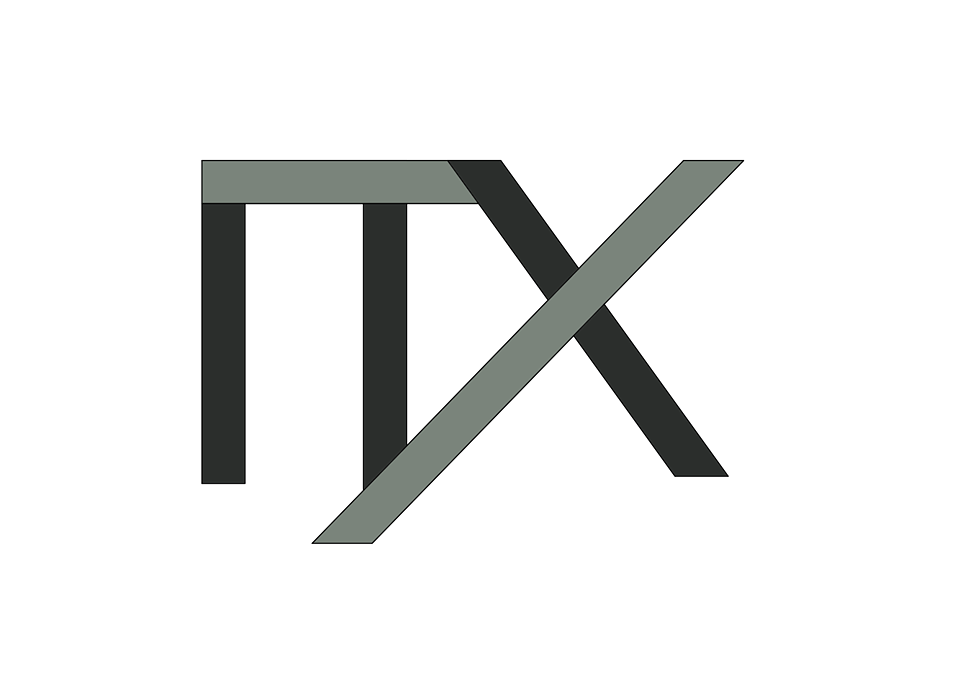How to educate tomorrow’s innovation leaders?
Global economy is more and more ruled by innovation. Learning to innovate is about learning to discover, to imagine, to invent, to conceptualize what does not yet exist.
The Living Case methodology, applied at two MBA courses.
The students of the MBA at ISC Paris had the opportunity to participate at two different courses on innovation: the course “Open Innovation and Knowledge Management” and the course “Marketing Innovation”. In both cases, participants learned how to explore innovation fields, as well as how to designate new trajectories for innovation. The pedagogical method used is the “living case”: inviting participants to learn through a virtual engagement in what is an actual challenge, drawn from the “real life”.
First step: the definition of the challenge of developing a hydrogen car ecosystem.
Different steps leading to innovation
The course on Open Innovation asks the following questions: how to define a problem? How to structure, then, one’s thoughts as well as the thoughts of others? Finally, how to lead an action plan to resolve the problem?
The “Living Case” on which our course was constructed was about the constitution of an ecosystem for the hydrogen car in the Auvergne-Rhône-Alpes region. The challenge is important since the use of the hydrogen car will help reduce air pollution in cities. Shared with us by Jean-Baptiste Mossa – engineer, entrepreneur and alumni of the ISC Paris Incubator – this challenge was explored during design workshops.
The framework of innovation: the design of an ecosystem
Of course, the technologies of hydrogen cars are well known and similar ecosystems are more and more common abroad. However, innovation in this case constitutes in the design of an ecosystem in the French way per se, as well as leading the actions for its emergence, which, as we discovered with the participants, require a synergy among a multitude of actors: enterprises and institutions, experts and scientific organizations, citizens and consumers.
Second step: marketing innovation – a village on the moon
In our course Marketing Innovation we have chosen a radically different living case to pursue our learning: the Moon Village project, actually elaborated by the European Space Agency (ESA). Of course, this “village” will address current scientific challenges about the exploration of the universe, being at the same time open to a wider public. It is a singular project, capable of opening up new fields for innovation, a project that “makes you dream”.
Become part of the dream, exit the box
In this course, the challenge was less about defining a problem to solve and more about becoming part of a dream: imagining a visit on the moon! Dreams often being mobilized in marketing to promote and extend the characteristics of a product (e.g. in the ads for perfumes or cars), we tackled our dream from a different perspective. Provided that “our” project goes beyond the technical manufacturing of a product, and that’s a potentially pioneering one, our thoughts should be original. Vising the moon is an incomparable experience. Being inspired by poems about the moon coming from literatures across the world, the participants have thus formulated their proper visions, wishes and desires on a lunar experience.
Innovative propositions in line with the “specifications”
With the help of Morgane Jossic, alumni of ISC Paris, they have proposed a set of “dreams” for the lunar village. Of course, the “specifications” proposed by the teams included propositions on the undertaking scientific experimentation on the moon and the use of the village for the exploration of the universe (“Galaxy Ride”). Still, they also mentioned a new culture of the space, actions about the peace on earth (a bit like the Olympic Games), as well as a “space ecology”. Other ideas also emerged: the possibility to “danse on the moon” or even the arrival of an “alien”, a living being born on the moon. This way, extending the project specifications defined by the ESA but also meeting some historical steps of the history of the quest for the space (such as the story of Laika, the dog sent in orbit), participants showed “constructive resistance” to trivial ideas often appearing in innovation processes.
Skills acquired through engagement
In both cases and before all, participants had the occasion to go beyond their own “comfort zone”. They were able to learn how to develop what goes beyond the state of the art, to think “out of the box”. They also had learned how to identify the required steps to follow to innovate.
Article originally publishe in French in Les Carnets de l’Innovation Pédagogique
